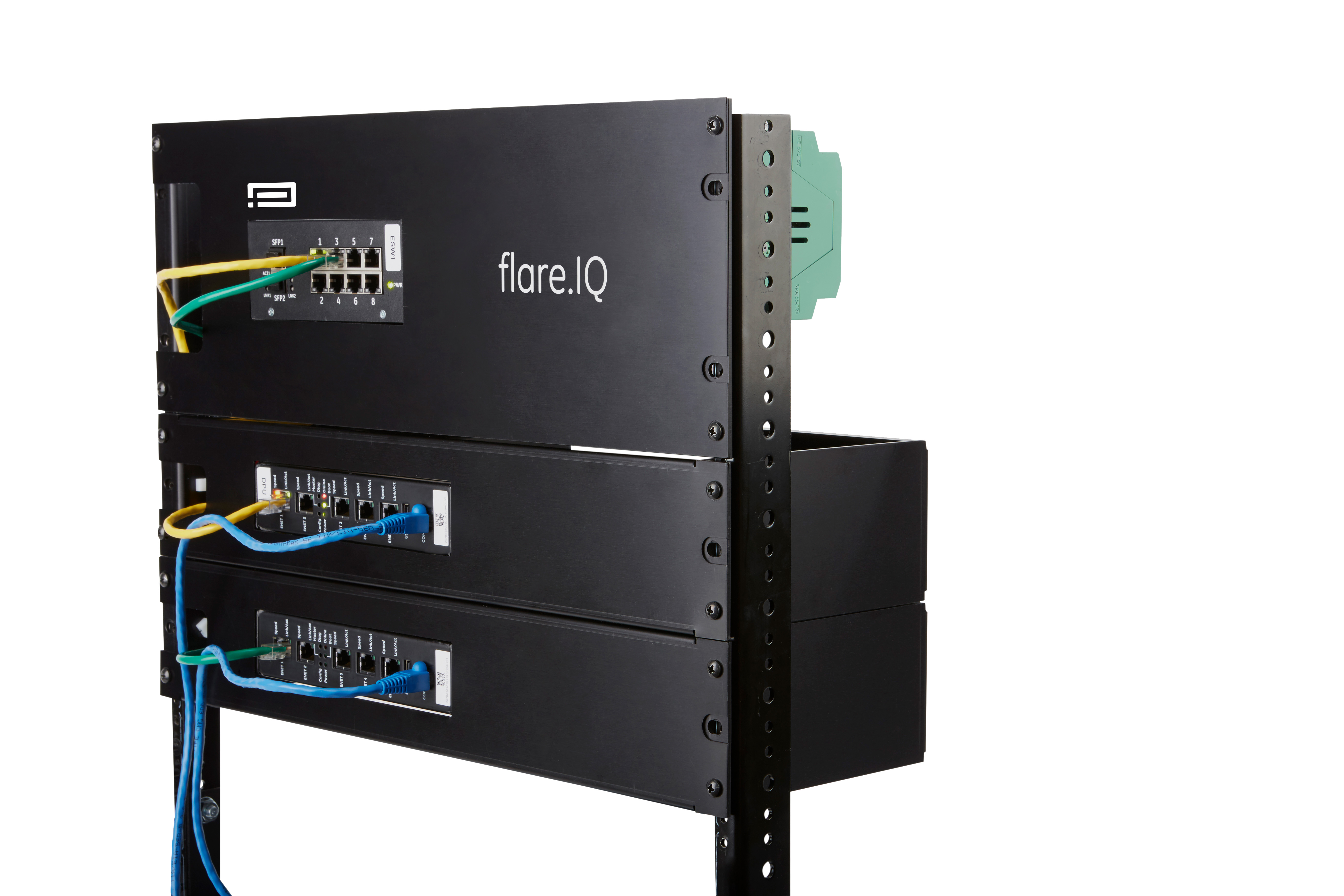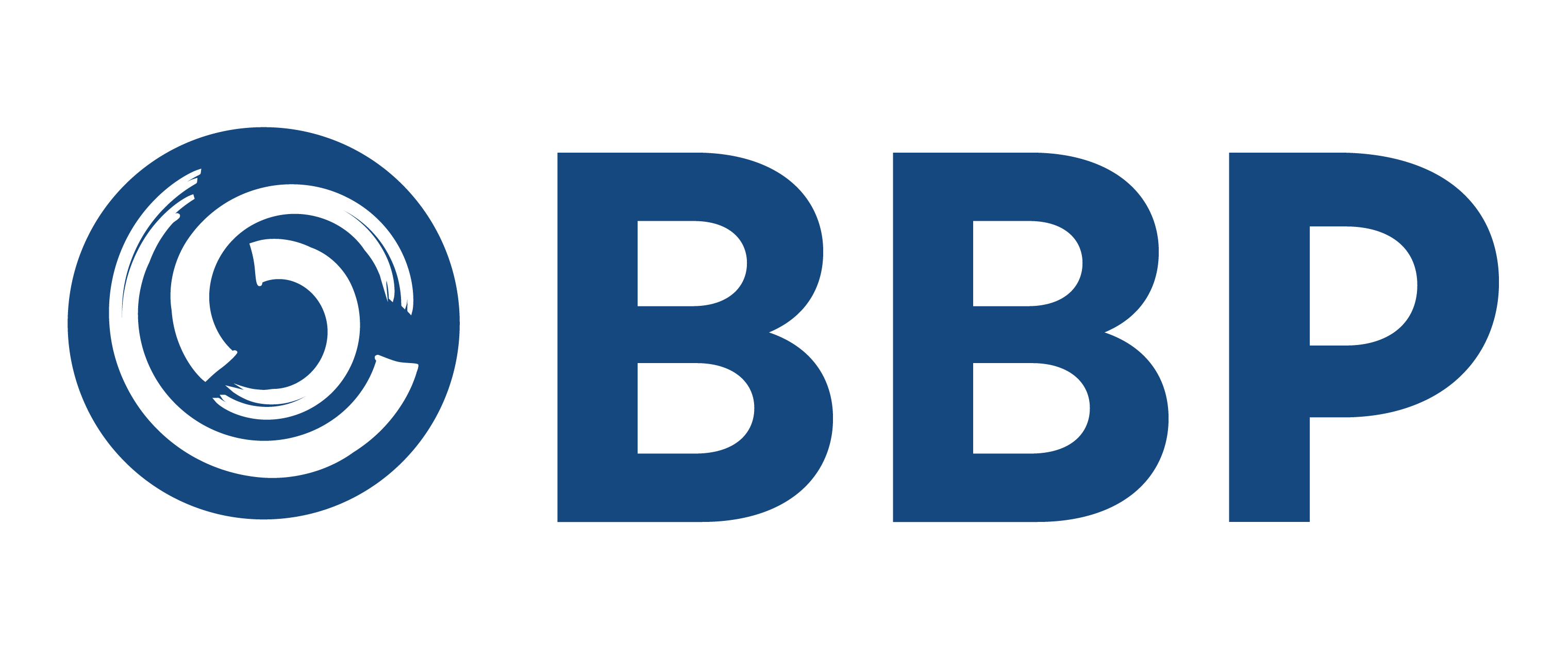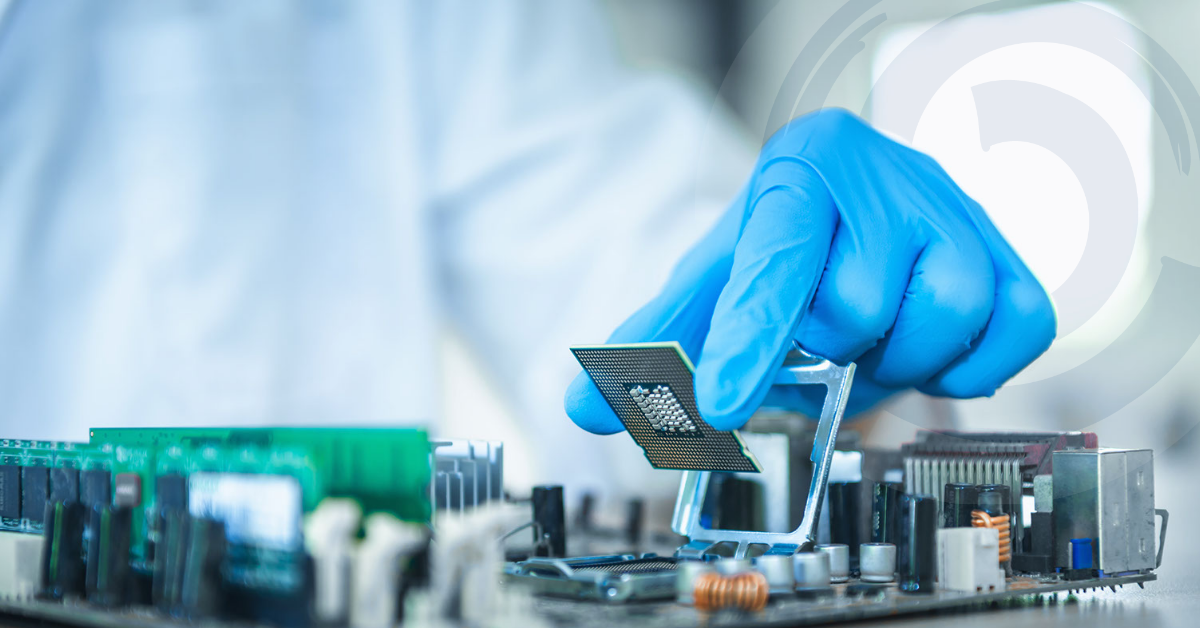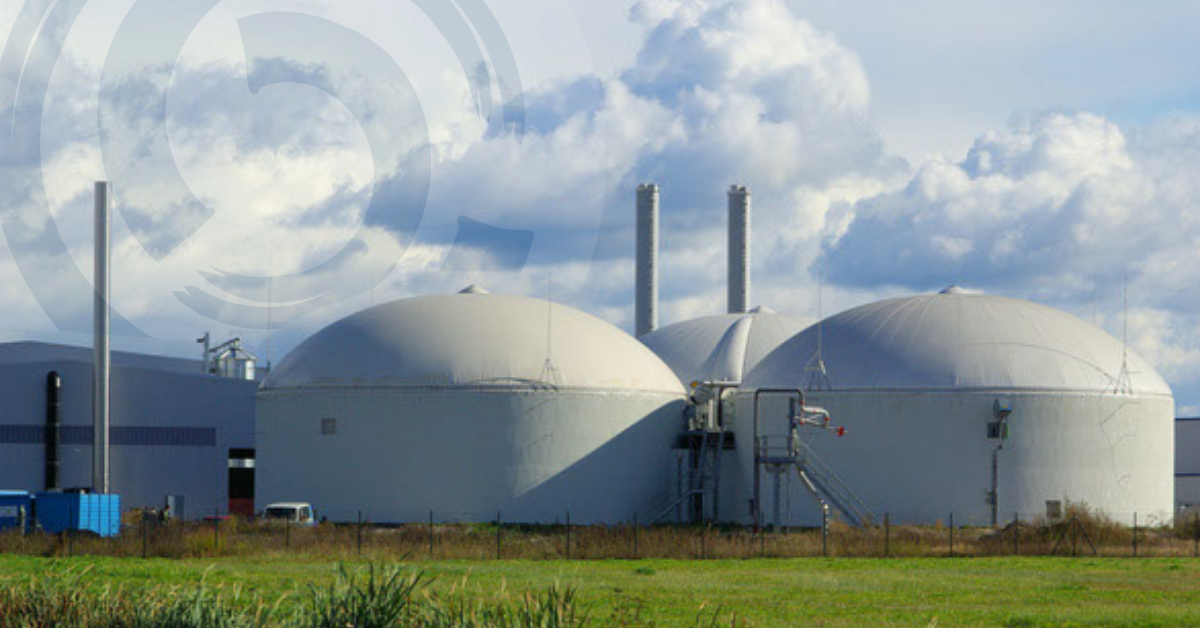
Can we improve flaring to cut down carbon emissions?
In this article, we feature an interview with Lei Sui, Product Manager for flare.IQ, in our Digital Solutions business.
What is flare.IQ?
The way I would think of flare.IQ is that it’s a digital platform enabling us to provide a holistic flare management solution for our oil and gas customers: from up, to mid to downstream, across the entire value chain.
Our strength has always been in measurement. flare.IQ is a hardware and software solution that brings our expertise in measurement together with an advanced algorithm for optimization to deliver outcome for our customers.
Could you please tell us how this works, in simple terms?
flare.IQ delivers value in three ways:
First, it guides operators across the globe, to comply with most recent regulations around flaring.
Second, it helps customers including refiners operate more efficiently. The system can help bring down operational cost through reduced utility consumption.
And third, it reduces their overall carbon footprint by maximizing flare combustion efficiency. Flaring is one of the largest causes of carbon emissions across the oil and gas sector. Low flare combustion efficiency typically leads to venting more methane (a more potent Green House Gas than CO2) to the atmosphere, contributing to a larger carbon footprint.
What does it look like?
The hardware product is actually a platform from our Nexus Controls business, also in Digital Solutions, which is combined to sensors and software to create the flare.IQ package. It is basically an industrial computer that sits in the customer’s controls room, as a rack mounted server.

Who is using this tech right now, and how is it performing?
We recently gathered data from customers with refineries in Ohio, in North Dakota, and in Texas in the US.
Using the analysis done on results and measurements gathered, we can see that the combustion efficiency was improved with the system by 15-20%, saving them approximately USD200K per year in steam.
During normal flaring events, operators have to inject other gases to the flare to optimize the combustion. This is currently a manual process. With flare.IQ, they can automate that process, saving operators money and making their plant cleaner: this is the most important.
What have you learned from the innovation process?
I would say the most important lesson I learned through this process is listening to customers, and the problems that they face on a daily basis.
This idea came directly from a customer, while we were in the field. You know, we have always been in the flare measurement space for 40 years. But not in flare management, that’s very different.
Helping the customer manage their risk is something we had not been used to. Yet, we had the capability within our corporation to do it: by leveraging technology from our Nexus Controls product line, working with our global network of Research & Tech centers, we were able to take an idea into a product in less than a year. I can say the typical New Product Introduction cycle is 3 to 5 years.
I have to admit that as a team we didn’t set out originally to develop a product that saved operators money or reduced emissions. We learned that along the way. We set out to develop a product that helped our customers meet regulations here in the US (from the EPA) and as we deployed the solution and looked at the data, we started to understand the ancillary values of the product, then it started to broaden and scale into other economies outside of the US.
A great testament to the way this industry is transforming today, by testing, listening and leveraging talent and expertise, to take energy forward.





